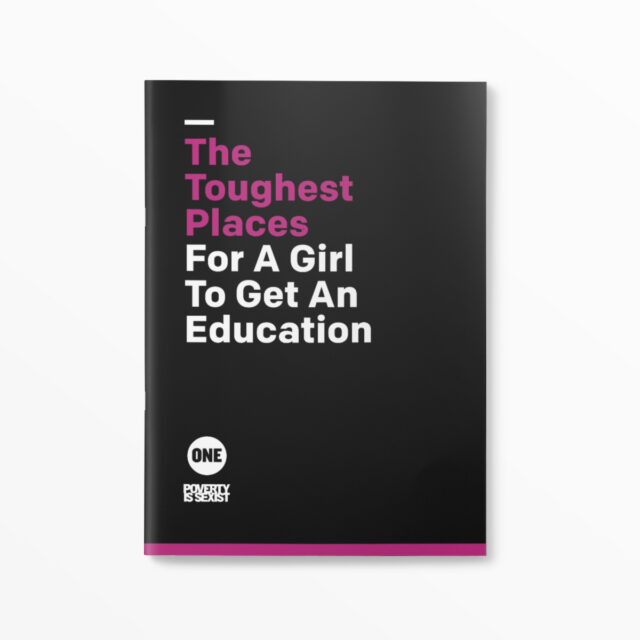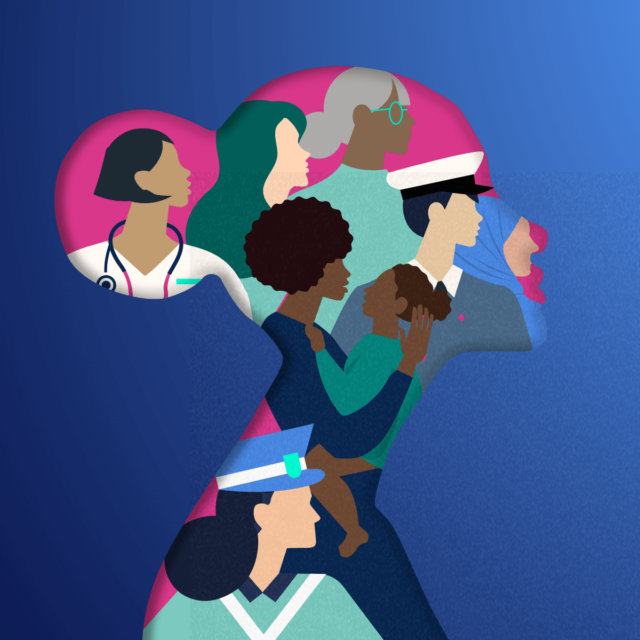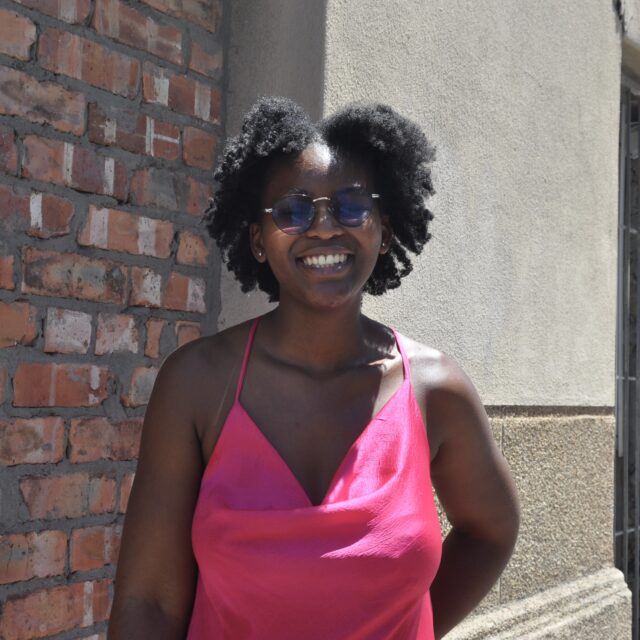Educating girls can change the world.
Girls who get a complete, quality education are more likely to be healthier and better prepared to enter and succeed in the workforce. Education can give girls more opportunities to advocate for their own rights, contribute to their families and communities, and grow local and global economies.
But over 130 million girls didn’t go to school today. Millions more braved long distances, often in dangerous conditions, to get there. Other girls arrived at school to sit in a classroom where a teacher never arrived, or where there were no textbooks or other materials that help students learn. Because of this, in 2017, nearly half a billion women worldwide still cannot read.
To make sure every girl has the chance to get a good education, we need to understand where girls are being left behind. That’s why we’ve created the Toughest Places for a Girl to Get an Education index.
We created the index by choosing 11 factors that reflect girls’ access to and completion of school, the quality of education within a country, and the broader enabling environment. Below are some of the most worrying stats from the 10 toughest countries for a girl to get an education:
1. South Sudan

73% of girls in South Sudan do not go to primary school. And South Sudan’s government spends just 2.6% of its total budget on education.
2. Central African Republic

In the Central African Republic, there is 1 teacher for every 80 students (as opposed to 1 teacher for every 12 students in the Netherlands and for every 15 students in the United States).
3. Niger

Only 17% of girls and women (ages 15-24) in Niger are literate.
4. Afghanistan

As of 2014, Afghanistan had the highest level of gender disparity in primary education, with only 71 girls in primary school for every 100 boys.
5. Chad

Chad is ranked as one of the 5 worst-performing countries in the World Economic Forum’s Global Gender Gap Report, indicating that women and girls in Chad face a broader range of legal, social and economic barriers.
6. Mali

In Mali, less than half (38%) of girls have completed primary school.
7. Guinea

In Guinea, women (ages 25 and above) have on average attended school for less than 1 year.
8. Burkina Faso

Just 1% of girls in Burkina Faso complete secondary school.
9. Liberia

Nearly two-thirds of primary school-aged girls in Liberia are out of school.
10. Ethiopia

In Ethiopia, 2 in every 5 girls are married before their 18th birthday, and nearly 1 in 5 marries before age 15.
There are dire consequences to not educating girls. In many countries, girls out of school will be more likely to become child brides, more vulnerable to diseases like HIV, and more likely to die young. For example, if current trends in education continue, by 2050, this is the future we’re looking at: Low-income countries alone will lose $1.8 trillion; the number of lives lost each year because of a failure to provide adequate access to quality education will equal those lost today to HIV and AIDS and malaria, some of the most deadly global diseases; and almost 950 million women will have been married as children, up from more than 700 million today.
This is a global crisis, and we need to make sure world leaders are paying attention. That’s why we want you to add your voice to the chorus of those calling for funding for girls’ education.



